
Species Info
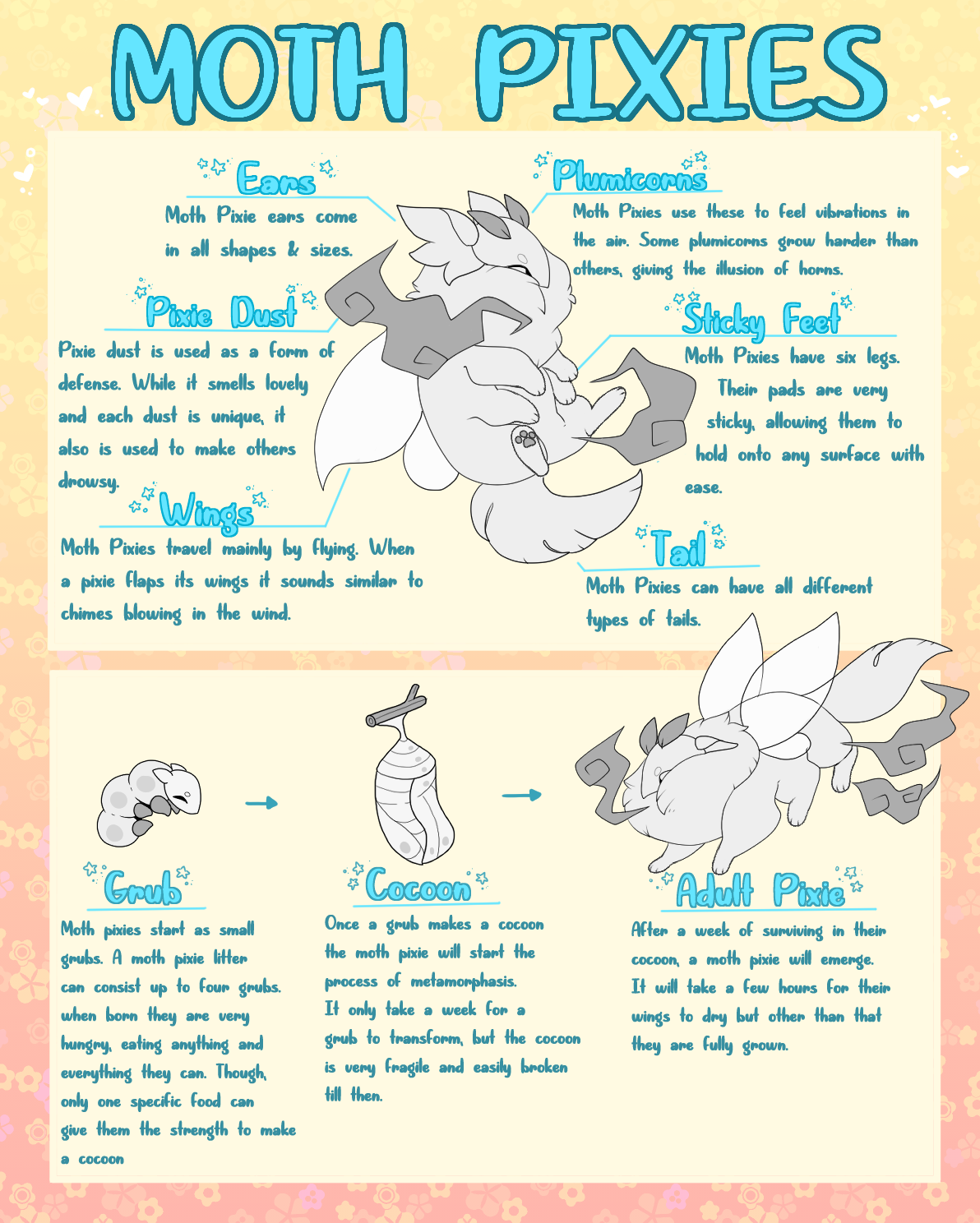
Anatomy
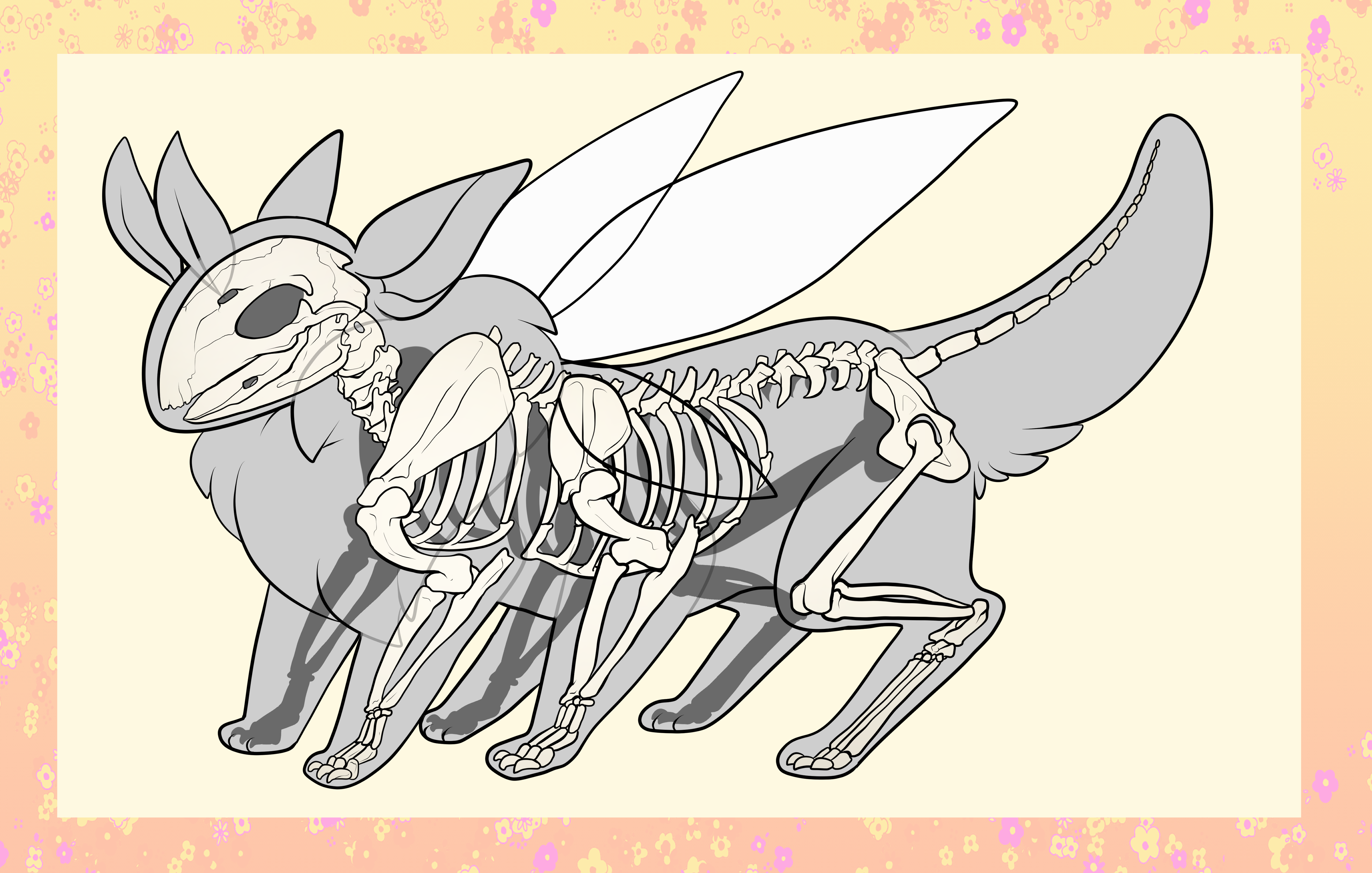
Size Chart

Traits
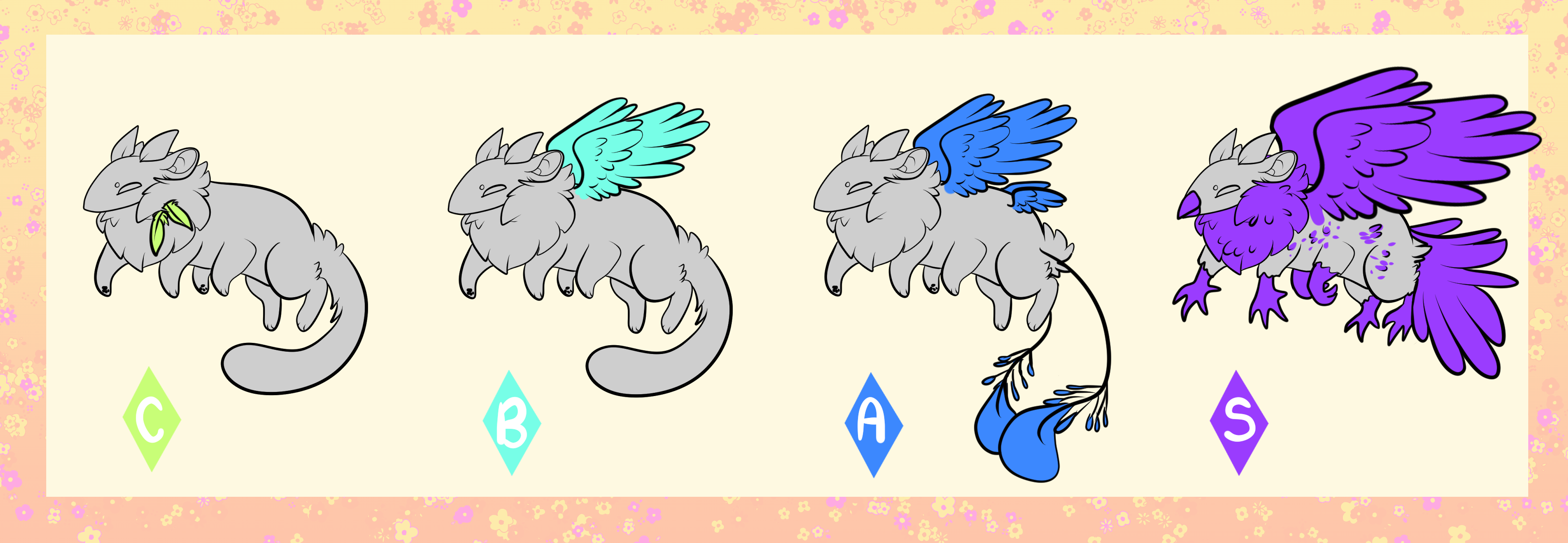
Angel
This trait grants your pixies more bird-like features! Feathers, beaks, bird-like feet, feathered wings, angel makes all these possible! A feathered tail is NOT considered multiple mutation as a bird’s tail feathers aren’t considered more than one tail. All varieties of feathers/beaks/bird feet are possible for angel trait!
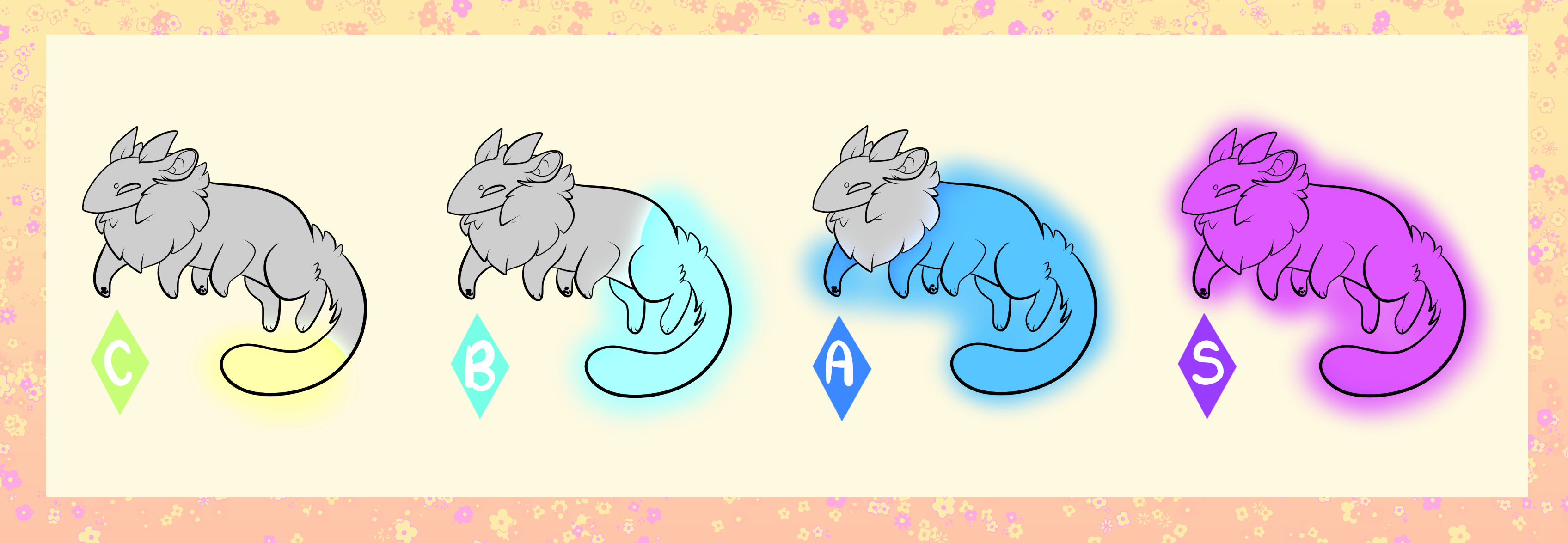
Bioluminescence
This trait makes a moth able to glow! These markings can be hidden and revealed if you’d like! Bio grading is determined by how much of a moth pixie can light up at the same time. If you want all of the stripes on a moth to light up, each grade determines how many can light up in unison. Smaller, scattered parts like stars on a moth are low on the bio scale meaning more areas can light up at the same time while stripes are larger and thus fewer areas can light up at once. Anything on a moth can glow!
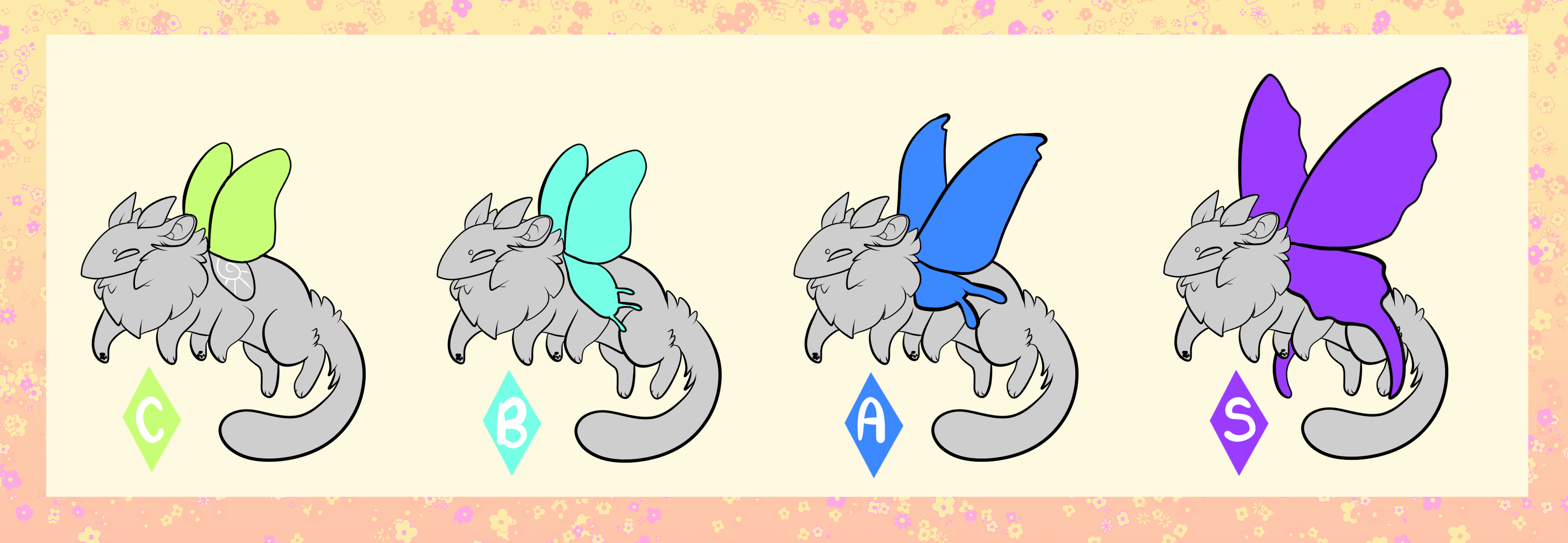
Butterfly Wing
This trait makes a moth pixie’s wings solid and butterfly-like! Patterns on the wings as well as the colors are meant to reflect those of butterflies and moths found in our world though they can deviate slightly. Grade C wings can have either the top OR bottom wing still a regular moth pixie wing and must be a simple shape. Grade B wings allow for small additions to be added to the wings on the top OR the bottom. Grade A can have longer, thicker additions as well as uniquely shaped edges and be slightly larger than normal pixie wings. Grade S can be as big and extravagant as you’d like.
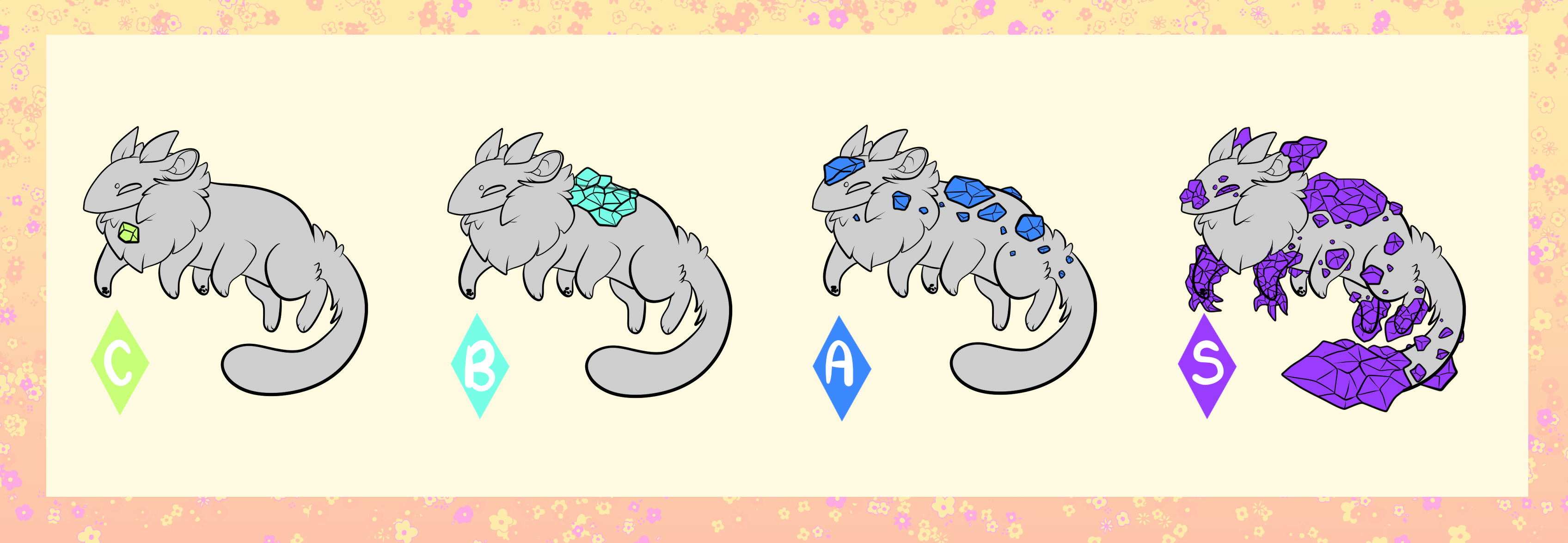
Crystal
This trait is characterized by the crystalline/pebbled forms on a pixie’s body. These can be made of glass/crystal/stone/seeds/ice and can be found in varying sizes anywhere on a moth pixie! They can be opaque or translucent or anywhere in between and can even take on the shapes of things like claws, teeth, and hooves! Chunkier gems or tiny pebbles will affect grading by the amount present.
Floating
This trait causes parts of your Moth Pixie’s body to separate and float away from its body. This can be partial or pieces of the body; fuller pieces, more segregated pieces of the same part of the body, or distance the parts float away from the body will affect the grading of this trait. Floating can be combined with other traits, like object to create floating accessories holding hair together but separating it at the accessory’s sides. If a trait is being used to mimic a part of the body, such as a wisp tail, it can also be disconnected from the butt, or in pieces and count for float. Float is not to be confused with particle where trait pieces could be seen as shedding or falling away from the body. This trait is to mainly focus on the main body parts.
Horns
This trait can give moth pixies solid, horn-like objects on their body! Generally they replace plumicorns on a moth pixie’s head, but they can also grow anywhere on the body and plumicorns can still be present even if a moth has this trait. Horns can be any shape you’d like and be made of any material, if they are made of something like coral which falls under mermaid or ice that falls under crystal you must also have the other trait to combine with it. Moths are allowed to have a single horn or many, amount and sizing affects grading.
(Percentage compared to size of their head C- 5%, B- 15% A- 50%, S- ALL)
Mermaid
This trait causes a moth to become fishy! Anything related to the sea is considered part of this trait if added to a moth. Moths can gain fins to any part of their body, sizing however can add to the grading. Scales also fall under this trait and the amount of body covered in scales will affect grading.
Monarch
This trait can be any object floating above a moth pixie’s head! Objects can only float above the head with this trait but move around with higher grades. Movement is stationary for C, B-A they can start travelling farther away from the head. Simple, flat shapes are what are considered to be Grade C and B, B also allowing for equally simple smaller shapes within it. Grade A can be any complex object with smaller objects around it. Grade S goes beyond A in complexity, size, etc.
(Percentage compared to size of their head C- 5%, B- 10% A- 20%, S- ALL)
Object
This trait causes your Moth Pixie’s body parts to turn into household items/objects. This trait can be combined with crystal for glass effects, like a lightbulb head. Object trait does not cover bat/dragon wings, patchwork, or bones. Object Trait if used on the head, must still have some form of ears, eyes, and plumicorns. Plumicorns can be added on as normal or be a part of the object depending on your preference. How detailed your object is can have an affect on the grading of this trait.
Particle
This trait causes things to shed/flake/wisp/fall off from the body, as long as it’s not body parts itself. Particle can manifest as many different things or a few little things, but it must pertain to the scent/theme of the Moth Pixie. Particle can be many colors or specific to the part of the body it’s shedding away from. This trait cannot be used as a disintegration of the body parts. Particle can be combined with Wisp for little floaty wisps, combined with mermaid for shedding scales, or even used simply like sparkles trailing off wings. The higher in grade you go for Particle, you’ll be able to add more/different aspects of items around your Moth Pixie.
Tundra
This trait causes moth pixies to become fluffier and also can grow hair! Any hair-like addition to a moth is considered tundra, like a horse tail for example. Extra fluffy fur is only considered tundra when it is the color of the mane! If any ear tufts/fluff is colored differently than the mane it is NOT considered tundra! Longer “hair” adds onto the grading in tundra, especially when used on the head as well as elongated mane fluff so be aware of this when making your moths!
Wisp
This trait causes parts of a moth pixie to become much like their pixie dust or a viscous substance! This can include elements such as fire, water, “cloud-like”, and slime. A moth pixie is able to turn their wisp “on and off” as well as parts of their body can be completely replaced by wisp or just covered in it. How much wisp trails off of the body can also affect grading. Wisp can be combined with pixie dust anomaly so anomalies can trail around wisp as well!
Mutations
Dust Anomaly
Sometimes pixie dust seems to take the shape of various objects that float around their pixie dust or wisp trait! Anomalies can be any shape but must only be a max of 2 separate things ie, leaves and branches.
Dwarf Wings
While some wings are different shapes, some are just too small to even lift the moth pixie's body off the ground. Dwarf wings can also be of any shape just like wing anomaly mutation and does not need to be stacked with it. Dwarf wings can also be combined with the angel trait and butterfly wing to only have tiny solid wings on the body!
Missing Mutation
This mutation makes certain parts of the body go missing which include tail, wings, eyes, and ears only. Missing limbs are not considered part of this mutation!
Multi Mutation
Multi mutation is defined as a moth pixie gaining multiple tails, eyes, ears, and wings only! Multi mutation can be combined with other mutations and traits, but will only trigger grading increases for traits if the multi body parts are different for example, multi tails and all tails are different things (mermaid, tundra, wisp, etc). If all tails/ears reflect the same change the grading will only count towards one of them!
Pupil Mutation
This mutation allows your moth pixie’s eyes to have pupils! Pupils can be any shape, size, and color! For all eyes on moth pixies, pupils must all be the same shape!
Quadruped
Moth pixies with this mutation are missing one pair of legs which can be the front, middle, or hind legs. They can not be missing in mismatching limbs.
Wing Anomaly
This mutation changes the shape of your moth pixie's wings. It is not the same as the angel trait or butterfly wing trait, as the wings will still be translucent.